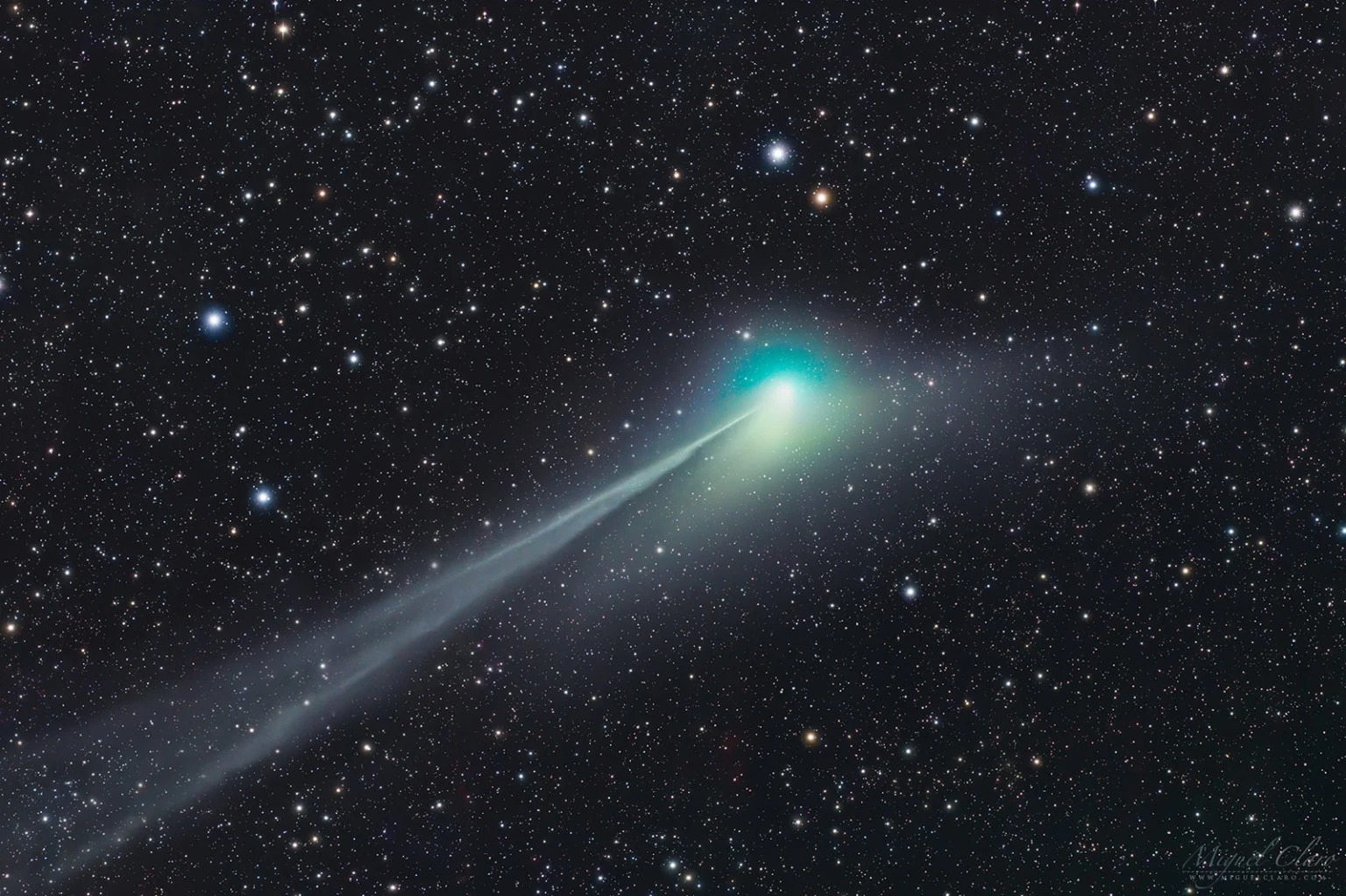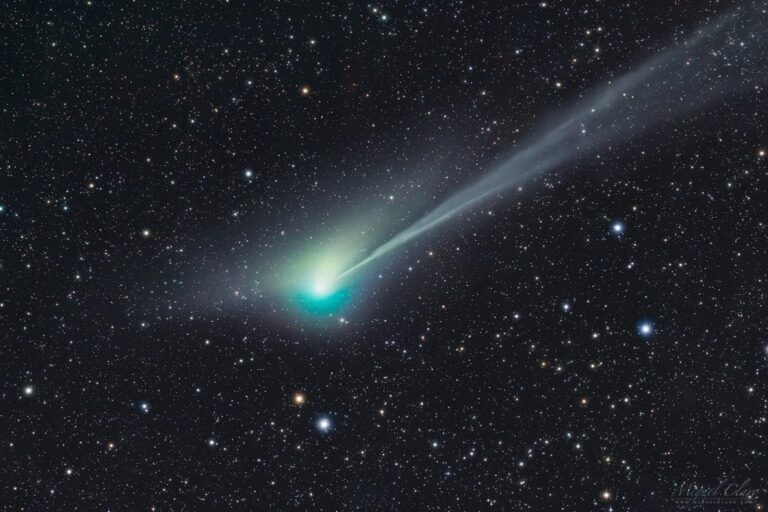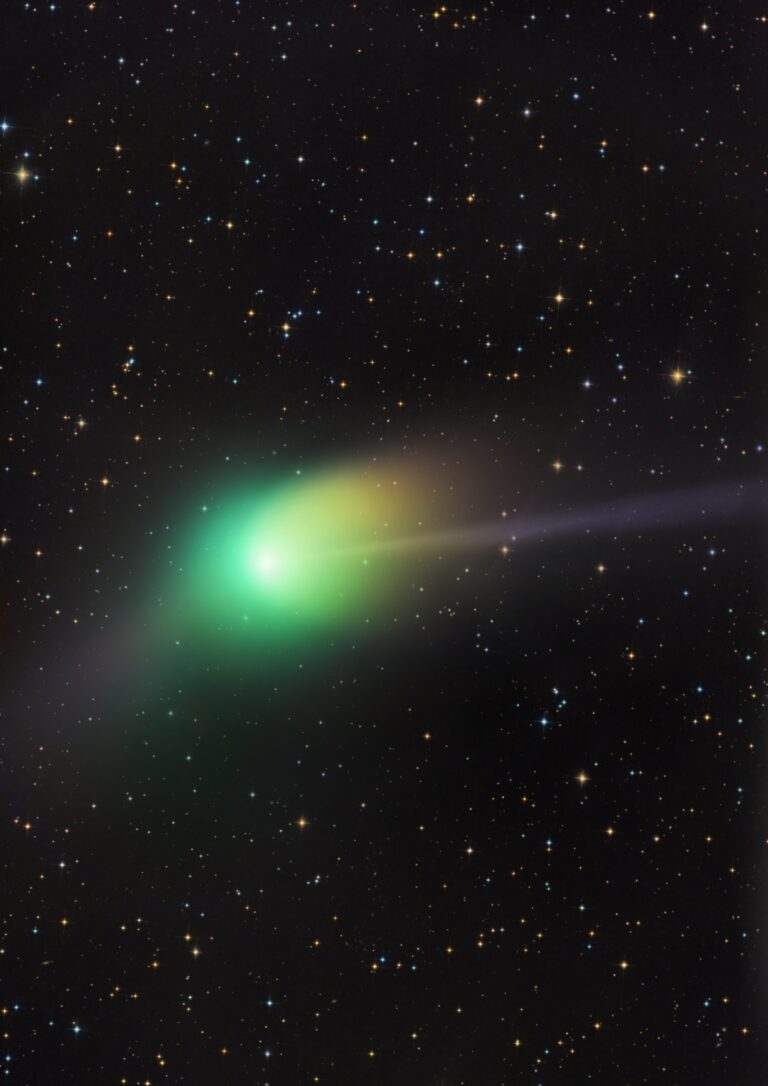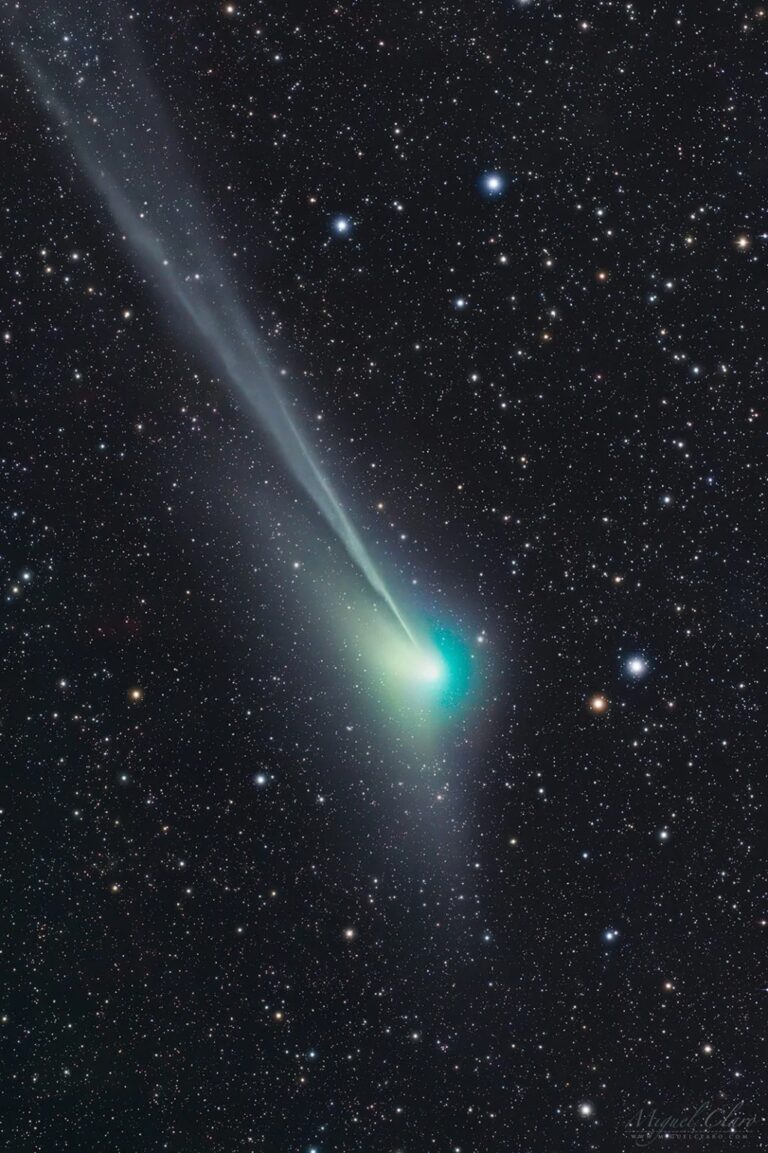The ultra-rare green comet C/2022 E3 — abbreviated ZTF — is now gradually approaching the Earth and the Sun, impressing amateur astrophotographers with its unearthly hue. According to some reports, it is already visible to the naked eye in places with minimal lighting.

It is expected that the comet will approach the minimum distance to Earth on February 1. On this day, it can become an object of the fifth magnitude. That is, it will be bright enough to be visible to the naked eye for most observers.
Attached is a composition of the evolution of comet C/2022 E3.
I have labeled the days, distance from the Sun and distance from Earth. Courtesy Didac Mesa Romeu. pic.twitter.com/fzq4AAMLJe— Con Stoitsis (@vivstoitsis) January 5, 2023
Comet C/2022 E3 was first discovered in March 2022 by astronomers Frank Muskie and Bryce Bolin from Palomar Observatory in California. On January 12, ZTF reached perihelion, or the closest pass by the Sun, and it is now returning back to the Oort Cloud, which is located at the edge of the Solar System. Its return will take place in about 50 thousand years.



The behavior of comets is quite unpredictable, as they can become brighter, dim or completely disintegrate without warning. The coma, or tail of comet ZTF, as already observed, split into two different tails, which astronomers call a separation event. The so-called anti-tail is also seen, which is actually an optical illusion, because of which the comet looks as if the tail is emitted from both sides of its core.
My take on the “green comet” — #Comet C/2022 E3 (ZTF), on the night of Jan 22/23, 2023, with it showing a strong anti-tail spike. Taken with just 250mm focal length for a field similar to binoculars. It was easy in binos but barely naked eye from a dark site. @SkyNewsMagazine pic.twitter.com/fE7Qs6yE8Y
— Alan Dyer (@amazingskyguy) January 23, 2023
According to experts, the green color of the comet’s tail is probably the result of the decay of carbon dioxide (C2) under the intense action of sunlight.
Amazing. Here’s a great animated capture of Comet C/2022 E3 ZTF’s recent tail disconnection event (along with lots of #Starlink streaks), courtesy of @Komet123Jager – https://spaceweathergallery2.com/indiv_upload.php?upload_id=191664 pic.twitter.com/EP6lY9kg9s
— Dave Dickinson (@Astroguyz) January 19, 2023
You can practice looking at the comet with binoculars or a telescope, as it will brighten daily until February 1. The easiest way to find it is by using a website like In The Sky or the wonderful mobile app Stellarium.
Earlier we reported on how SOHO recorded a dramatic video of the destruction of a comet by the Sun.
Follow us on Twitter to get the most interesting space news in time
https://twitter.com/ust_magazine

